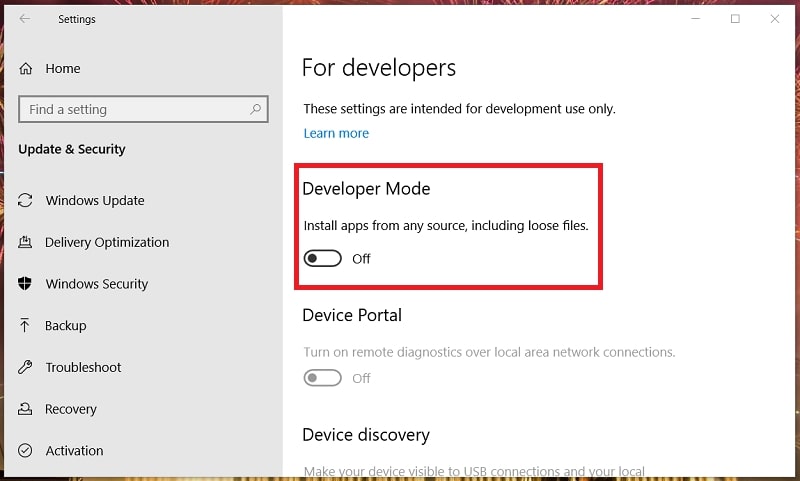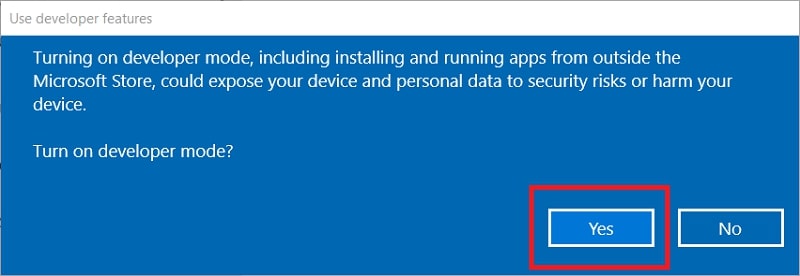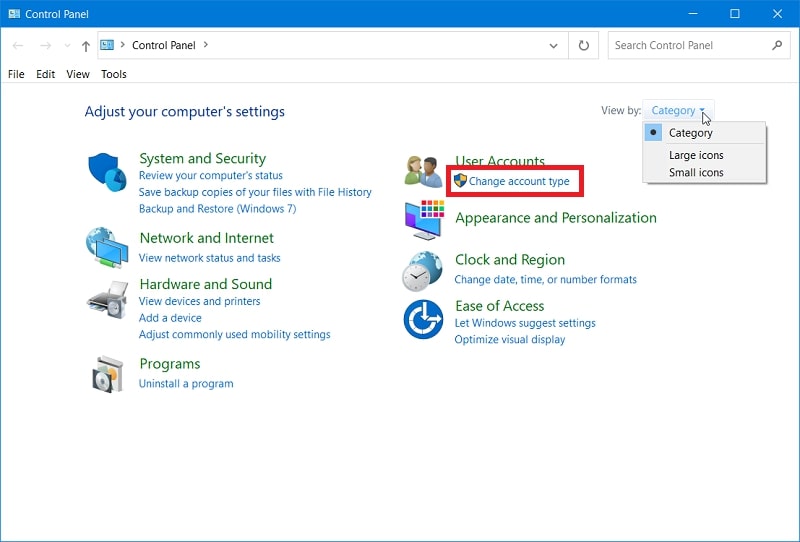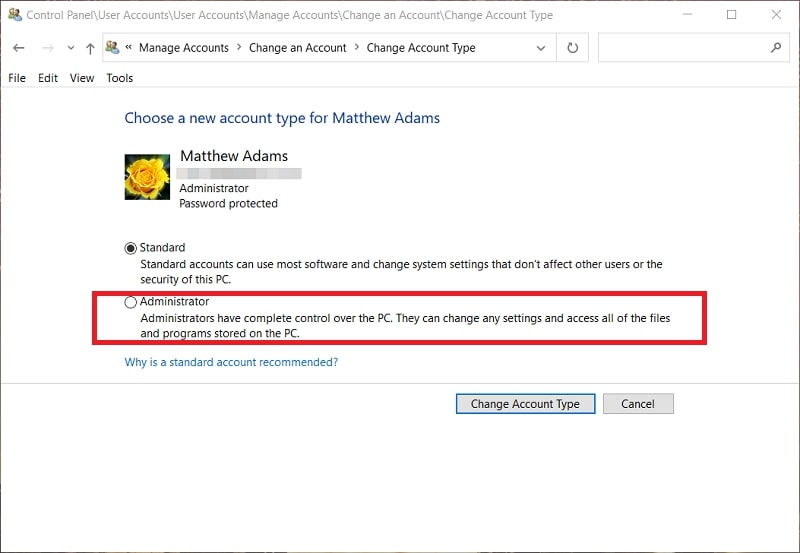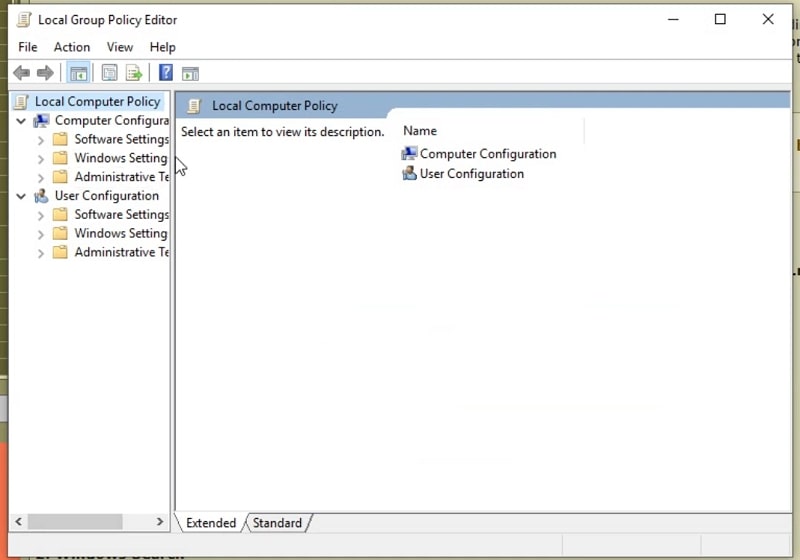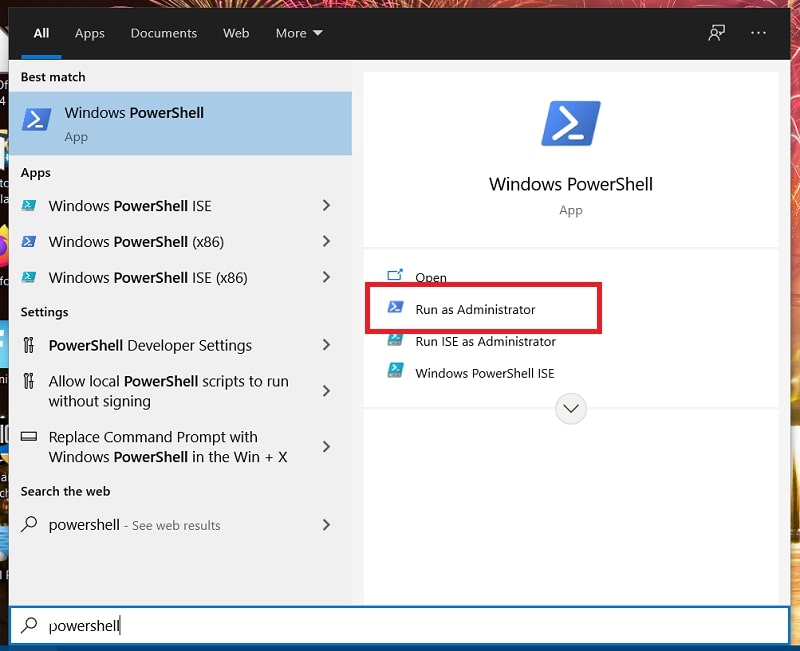Some users are developers who need to develop apps on their Windows 10 desktops and laptops. Such users need to test and debug UWP apps that they’re designing for MS Store. Developers need to get a developer license to test apps in Windows 8 and 8.1. However, a developer license is not required in Windows 10, thanks to that platform’s Developer mode.
Developer Mode in Windows 10 provides additional tools for testing UWP (Universal Windows Platform) apps. Enabling that mode enables developers to install unsigned UWP apps that aren’t in the MS Store. By selecting that mode, developers can then test their unsigned apps that are under development.
Developer Mode also has a few other perks. Perhaps the most notable one is that it also enables developers to debug their apps with the Visual Studio, which is one of the foremost integrated developer environment software packages for Windows. Visual Studio even prompts users who try to open UWP app projects in it to enable Developer mode in Windows 10.
Aside from that, turning Developer Mode also activates extra deployment options. With that mode enabled, you can turn on the Device Portal local web server. Users can also turn on an SSH server for remote app installation by toggling on Developer Mode’s Device Discovery feature.
So, Developer Mode is important for users who need to develop UWP apps with Visual Studio. If you only need your desktop or laptop for regular software usage and browsing, however, you don’t need to enable that mode. Microsoft discourages non-developers from enabling Developer Mode because it can expose devices. This is how you can turn on Windows 10’s Developer Mode.
Method 1. Turn On Developer Mode in Windows 10 via Settings
Windows 10’s Settings app includes a For developers tab that includes numerous developer options. There you can toggle on the Developer Mode setting. Follow these steps for Windows 10 to enable Developer Mode.
Step 1: Click “Start” on the left of Windows 10’s taskbar to open that button’s menu.
Step 2: Select “Settings” on the left side of the Start menu.
Step 3: Next, you’ll need to select the “Update & Security” category in Settings.
Step 4: Click the For developers tab in the snapshot directly below.
Step 5: Then click the “Install apps from any source, including loose files” setting for Developer Mode to turn it on.
Step 6: A blue Use developer features dialog box will open requesting further confirmation. Select the “Yes” option to confirm.
Step 7: Close the Settings window, and restart your Windows 10 PC.
Note that you’ll also need to be logged in to a Windows 10 administrator account to enable Developer Mode. If you’re utilizing a standard account, you’ll have to change it to an administrator to select that option. This is how you can change a standard account to an admin one for Developer Mode.
Step 1: Press the Windows key + R key combination to open the window for the Run accessory.
Step 2: Type Control Panel in the Open box, and click the “OK” option.
Read More: How to Open Control Panel in Windows 10
Step 3: Click “Category” on the “View by” menu in Control Panel.
Step 4: Then click “Change account type” under “User Accounts.”
Step 5: Select the account to change.
Step 6: Next, click the “Change the account type” option.
Step 7: Click the “Administrator” radio button.
Step 8: Press the “Change Account Type” button.
Method 2. Activate Developer Mode in Windows 10 with Group Policy Editor
If you have Windows 10 Pro or Enterprise edition on your PC, you can turn on Developer Mode with Group Policy Editor. That utility includes numerous advanced settings for users to configure Windows 10 with. This is how you can turn on Developer Mode in Windows 10 with Group Policy.
Step 1: First, launch Run by pressing the Windows key + X hotkey and selecting that accessory on the menu.
Step 2: Type gpedit.msc in the Run’s text box and click “OK” to open the Group Policy Editor window shown directly below.
Step 3: Double-click “Computer Configuration” on the left of Group Policy Editor.
Step 4: Then select “Administrative Templates” > “Windows Components” > “App Package Deployment” in Group Policy’s sidebar.
Step 5: Next, double-click the “Allow development of Windows Store apps and installing them from an integrated development environment (IDE)” policy on the right of the Group Policy window.
Step 6: Click the “Enabled” radio button on the Allow development of Windows Store apps window that opens.
Step 7: Press the “Apply” button for the policy.
Step 8: Click “OK” to exit the window.
Step 9: Also, double-click “Allow all trusted apps to install” to edit that policy.
Step 10: Select the “Enabled” radio button on the Allow all trusted apps to install window.
Step 11: Click “Apply” and “OK” to save the new policy settings and close the window.
Step 12: Restart your desktop or laptop after enabling Developer Mode with Group Policy.
Method 3. How to Turn on Developer Mode in Windows 10 With PowerShell
PowerShell is a utility you can enter commands in to configure Windows 10. You can utilize that command-line tool to activate Developer mode. This is how to enable Developer Mode in PowerShell with a quick command.
Step 1: Click the magnifying glass button for Windows 10’s search tool on the taskbar.
Step 2: Type the keyword PowerShell within the search box.
Step 3: Select the “Run as Administrator” option for Windows PowerShell in the search results.
Read More: How to Open PowerShell in Windows 10
Step 4: Type the command reg add “HKEY_LOCAL_MACHINE\SOFTWARE\Microsoft\Windows\CurrentVersion\AppModelUnlock” /t REG_DWORD /f /v “AllowDevelopmentWithoutDevLicense” /d “1” in PowerShell’s window as shown directly below.
Step 5: Press the Enter key to execute the enable Developer Mode command.
Step 6: Restart your PC after enabling Developer Mode with PowerShell.
FAQs About Developer Mode in Windows 10
How can I disable Developer Mode after enabling it?
Just toggle the “Install apps from any source, including loose files” option off in Settings. If you enabled it with Group Policy, select the “Disabled” options for the Developer Mode policies you enabled.
Is there any other way to enable Developer Mode in Windows 10?
Yes, you can also edit certain registry keys to enable Developer Mode. However, that’s a slightly pointless method when you can simply activate Developer Mode with built-in Windows 10 settings instead.
Do other Windows platforms have the Developer Mode?
No, the Developer Mode is exclusive to Windows 10. A developer license is needed in Windows 8/8.1. You can’t test UWP apps on older platforms because UWP apps are only available for Windows 10, 8.1, and 8.
How can I activate the developer license in Windows 8?
You can activate Windows 8’s Developer Mode equivalent by entering this command in PowerShell: Show-WindowsDeveloperLicenseRegistration. Then you’ll need to provide some MS account details.
What are the File Explorer settings on the Developer Mode Settings tab for?
Those are optional settings you can tweak for a more developer-friendly File Explorer. Note that you don’t need to enable Developer Mode to adjust those options. You can click the “Show settings” links beside them to configure those options outside Settings. Alternatively, you can click the “Apply” button on the For developers tab to select all those options with Developer mode disabled.
Conclusion
It’s straightforward to activate Developer Mode in Windows 10 with any of the above methods. Although most users will have little need to enable Developer Mode, that mode provides some invaluable features for developers. It’s pretty essential to enable that mode for UWP app testing and development with Visual Studios in Windows 10. However, it is also useful for users who utilize other developer platforms, such as ASP.NET.
